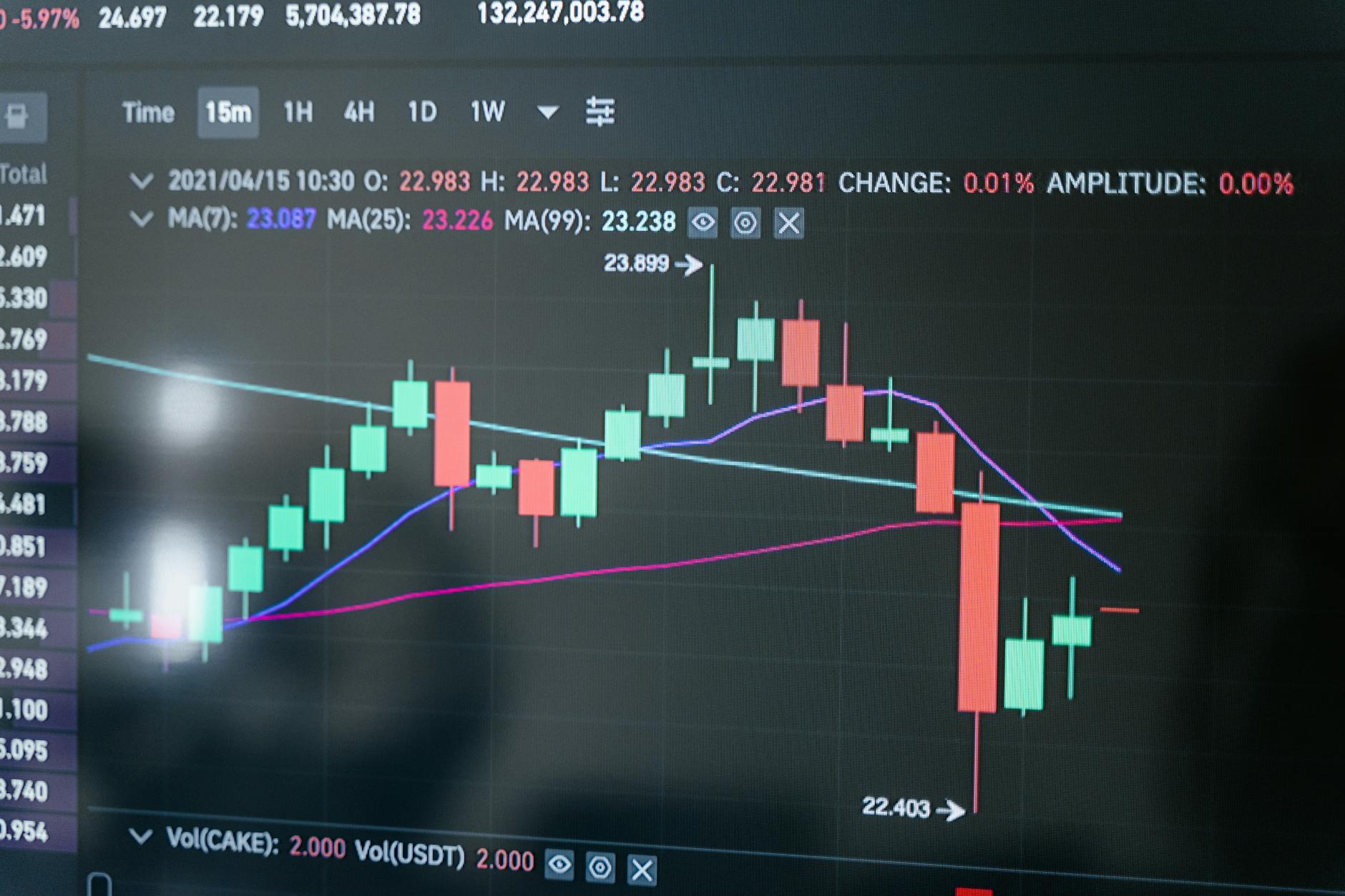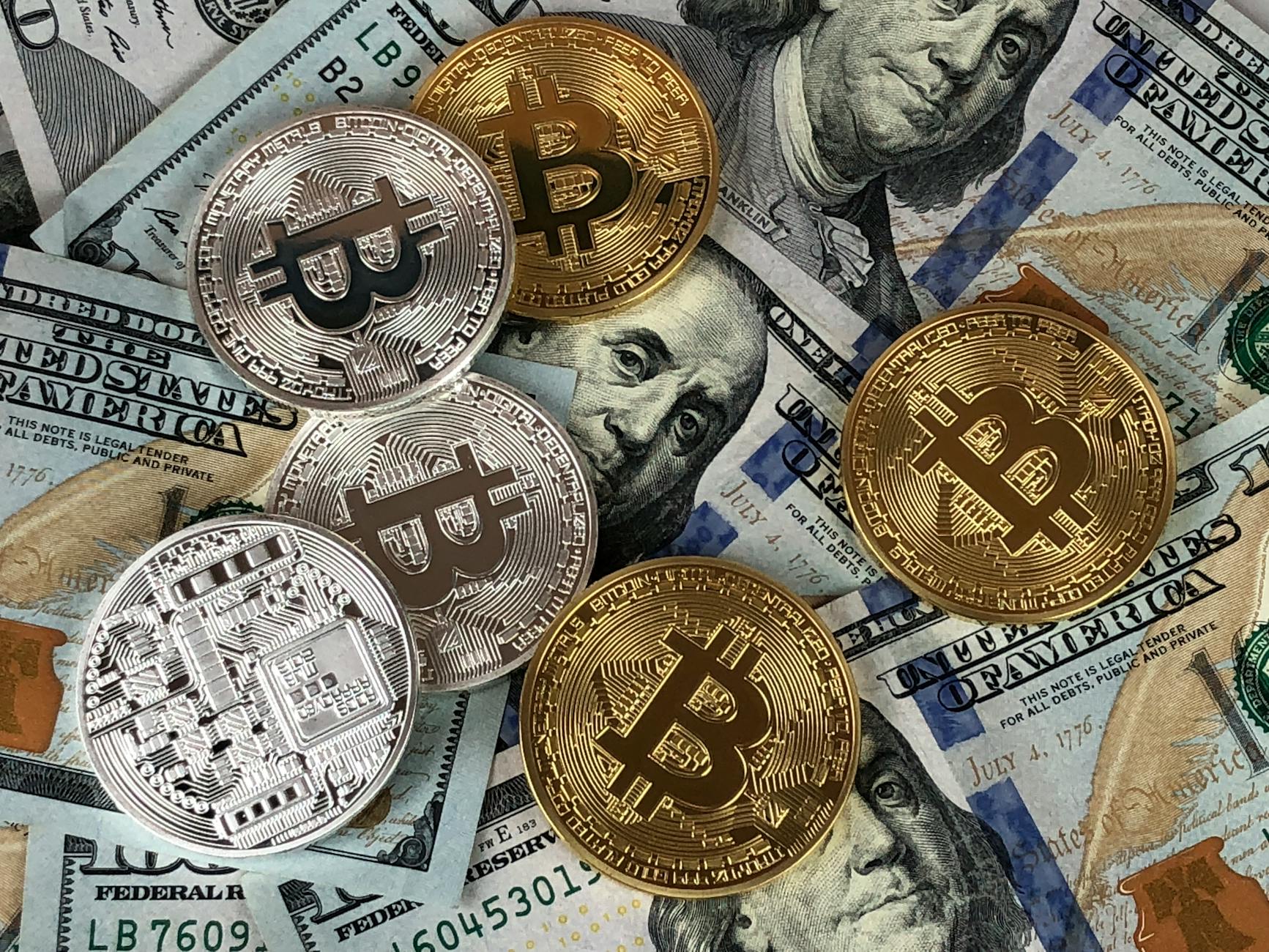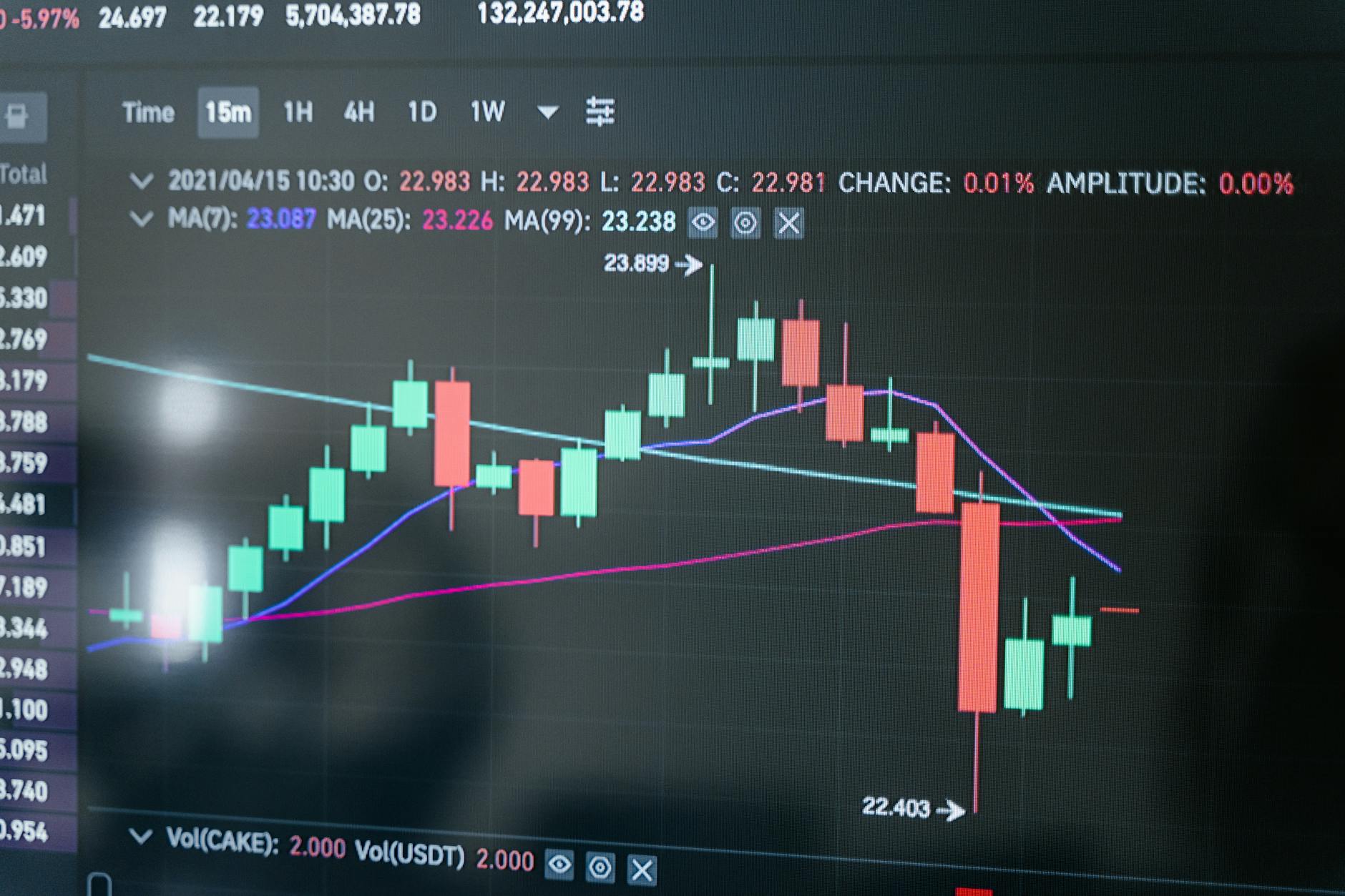Fluid DEX’s Stellar Performance Ignites FLUID Token Rally: A Deep Dive into Stablecoin Swap Dominance
The decentralized exchange is revolutionizing stablecoin trading with a commanding market share across Ethereum and Layer 2 solutions, driving significant investor interest in its native token.
In the dynamic and often volatile world of cryptocurrency, stablecoins have emerged as a crucial element, offering a semblance of stability amidst market fluctuations. For traders and investors alike, efficient and cost-effective ways to swap these stable assets are paramount. Recently, the decentralized exchange (DEX) known as Fluid has not only met this need but has demonstrably dominated the stablecoin swap landscape across Ethereum and its burgeoning Layer 2 (L2) scaling solutions. This impressive performance has not gone unnoticed, with the native FLUID token experiencing a significant price surge, reflecting growing investor confidence and market anticipation.
The latest data from Dune Analytics paints a compelling picture of Fluid DEX’s ascendancy. The exchange has captured a remarkable 55.5% of the stable-to-stable swap volume across Ethereum, Base, Arbitrum, and Polygon. This is not a marginal lead; Fluid has handled more volume than all other DEXs combined within this specific trading niche. Such a decisive market share suggests a fundamental shift in how stablecoin liquidity is being aggregated and utilized, placing Fluid at the forefront of this critical segment of the decentralized finance (DeFi) ecosystem.
The immediate consequence of this operational success has been a palpable surge in the value of the FLUID token. Over the past day, FLUID tokens have rallied by over 15%, a testament to the market’s positive reaction to the DEX’s performance and its implications for the token’s utility and future growth. This uptick in price coincides with a broader positive sentiment in the cryptocurrency market, where Bitcoin has recently reclaimed the $115,000 mark after a brief dip to around $112,000 over the weekend. Ethereum, the foundational blockchain for many DeFi innovations including Fluid’s operations, has also shown resilience, holding steady above $3,600.
This article will delve into the factors contributing to Fluid DEX’s impressive dominance, explore the technological underpinnings of its success, analyze the implications for the FLUID token, and consider the broader impact on the DeFi landscape. We will also examine the potential advantages and disadvantages of Fluid’s current strategy and offer insights into its future outlook.
Context & Background: The Rise of Stablecoins and Layer 2 Solutions
The proliferation of stablecoins, pegged to the value of fiat currencies like the US dollar, has been a cornerstone of the DeFi revolution. They provide a bridge between traditional finance and the crypto world, enabling seamless transactions, lending, borrowing, and trading without the inherent volatility of cryptocurrencies like Bitcoin or Ethereum. Popular stablecoins such as USDT (Tether), USDC (USD Coin), and DAI have become indispensable tools for DeFi users.
However, as the DeFi ecosystem has grown, so too have the challenges associated with transaction fees and scalability, particularly on the Ethereum mainnet. High gas fees, especially during periods of network congestion, can render small transactions prohibitively expensive. This has spurred the development and adoption of Layer 2 scaling solutions, such as Arbitrum and Polygon, which offer significantly lower transaction costs and faster processing times while inheriting the security of the Ethereum mainnet.
Base, a recent entrant developed by Coinbase, has also rapidly gained traction, leveraging the Optimistic Rollup technology to provide a developer-friendly and cost-effective environment for building dApps. The seamless integration of these L2 networks with the Ethereum ecosystem has created a multi-chain DeFi landscape, where users can move assets and interact with dApps across different networks.
Within this evolving ecosystem, DEXs play a critical role by facilitating peer-to-peer trading without the need for intermediaries. Early DEXs often struggled with liquidity fragmentation and inefficient trading mechanisms. However, newer generations of DEXs, including Fluid, have focused on optimizing liquidity aggregation and routing to offer the best possible trading experience for users. The ability to efficiently swap between different stablecoins is particularly important, as users often need to move between stable assets for various DeFi strategies or to take advantage of arbitrage opportunities.
Fluid DEX’s emergence as a dominant player in stablecoin swaps is a direct response to the growing demand for efficient, low-cost stablecoin interoperability across this multi-chain environment. By focusing on this specific niche and executing it exceptionally well, Fluid has carved out a significant market position.
In-Depth Analysis: Fluid DEX’s Dominance in Stablecoin Swaps
The claim of Fluid DEX dominating stablecoin swaps is substantiated by the impressive 55.5% market share reported by Dune Analytics. This figure is particularly striking when considering the competitive nature of the DEX landscape. The data indicates that Fluid is not just competing; it is setting the standard for stablecoin trading volume across multiple key networks:
- Ethereum Mainnet: The bedrock of DeFi, Ethereum still represents a significant portion of trading activity. Fluid’s ability to capture substantial volume here signifies its capacity to handle larger transaction sizes and cater to established DeFi users.
- Arbitrum: As one of the leading L2 scaling solutions, Arbitrum has attracted a massive user base and a vast array of dApps. Fluid’s strong performance on Arbitrum highlights its appeal to users seeking lower fees and faster transactions.
- Polygon: Another prominent L2 solution, Polygon offers a different technological approach to scaling but has also become a major hub for DeFi activity. Fluid’s presence and success on Polygon demonstrate its multi-chain strategy.
- Base: The rapid ascent of Base has been a recent highlight in the crypto space. Fluid’s ability to quickly establish a dominant position on this emerging network is a clear indicator of its adaptability and appeal to new users and developers.
The statistic that Fluid handled “more volume compared to all DEXs combined” for stable-to-stable swaps across these networks is a watershed moment. This suggests that Fluid’s underlying technology and liquidity aggregation strategies are exceptionally effective. While the specific technical architecture of Fluid DEX is not detailed in the summary, its success likely stems from several key areas:
- Advanced Liquidity Aggregation: Fluid likely employs sophisticated algorithms to aggregate liquidity from various sources, including its own pools and potentially other DEXs or liquidity providers. This ensures that users can always find deep liquidity for their stablecoin swaps, leading to better prices and lower slippage.
- Optimized Routing: Efficiently routing trades across different liquidity pools and even across different chains (if supported) can significantly improve execution prices. Fluid’s dominance suggests it has mastered this process for stablecoin pairs.
- Focus on Stablecoin Swaps: By specializing in stablecoin-to-stablecoin swaps, Fluid can tailor its optimizations to the unique characteristics of stablecoins, such as their low volatility and predictable pricing. This focus allows for more precise tuning of its protocols.
- User Experience and Low Fees: While not explicitly stated, a DEX that achieves such market share often excels in user experience and competitive fee structures. Lower transaction costs, particularly on L2s, are a major draw for users.
The 15%+ surge in the FLUID token price is a direct market signal of investor confidence. This rally is likely fueled by the recognition that a DEX with such a dominant position in a critical DeFi niche has significant revenue-generating potential. The FLUID token itself may serve various purposes within the Fluid ecosystem, such as governance, staking for rewards, or paying for premium services, all of which can drive demand for the token as the platform grows.
The broader crypto market context, with Bitcoin and Ethereum showing strength, also contributes to a positive environment for altcoin investments, including FLUID. However, the specific driver for FLUID’s outperformance appears to be its demonstrable operational success on the ground.
Pros and Cons of Fluid DEX’s Strategy and Success
Fluid DEX’s current trajectory presents a clear set of advantages and potential challenges:
Pros:
- Market Leadership: Dominating a significant niche like stablecoin swaps provides a strong foundation for growth and brand recognition. It attracts users seeking the best trading experience for these assets.
- Revenue Generation: High trading volumes translate directly into fee revenue for the DEX. A portion of these fees could be directed towards FLUID token holders or reinvested in the platform, creating a virtuous cycle.
- Network Effects: As more users and liquidity providers are drawn to Fluid due to its dominance, the platform becomes even more attractive, creating powerful network effects that are difficult for competitors to overcome.
- Scalability and Low Fees: By operating effectively across Ethereum and L2s, Fluid caters to a broad range of users, from those who prioritize Ethereum’s security to those who need cost-effective trading on L2s.
- Investor Confidence: The substantial rally in the FLUID token signals strong investor interest, potentially making it easier for Fluid to raise further capital or secure strategic partnerships if needed.
Cons:
- Specialization Risk: While specialization can be a strength, over-reliance on stablecoin swaps could leave Fluid vulnerable if the demand for stablecoin trading shifts or if new, more efficient methods emerge.
- Competition from Giants: Established DEX aggregators and major DEXs like Uniswap, Curve, and PancakeSwap (on BNB Chain, though not mentioned in the context) have vast liquidity and established user bases. While Fluid is dominating a specific niche, these giants could pivot to intensify competition.
- Regulatory Scrutiny: Stablecoins themselves are facing increasing regulatory scrutiny globally. Any adverse regulatory developments impacting stablecoin issuers or usage could indirectly affect Fluid DEX.
- Dependence on L2 Ecosystem Health: The success of Fluid on L2s is tied to the continued growth and stability of those networks. Any issues with Arbitrum, Polygon, or Base could impact Fluid’s operations.
- Tokenomics and Utility: The long-term value of the FLUID token will depend on its utility within the ecosystem, effective governance, and fair tokenomics. If these aspects are not well-managed, investor sentiment could shift.
Key Takeaways
- Fluid DEX has achieved a commanding 55.5% market share in stable-to-stable swaps across Ethereum, Base, Arbitrum, and Polygon.
- This dominance signifies superior performance in liquidity aggregation and routing for stablecoin trading.
- The success has directly propelled the FLUID token’s price, with an increase of over 15% in the past day, reflecting increased investor interest.
- Fluid’s strong performance on Layer 2 solutions highlights the growing importance of these scaling technologies for DeFi.
- The DEX’s specialization in stablecoin swaps has allowed it to effectively capture a critical segment of the DeFi market.
- The rally in FLUID token price is a positive indicator, suggesting market confidence in the platform’s growth and potential revenue streams.
Future Outlook
The future for Fluid DEX appears exceptionally bright, given its current market position. The dominance in stablecoin swaps is not merely a fleeting trend but a demonstration of robust technology and strategic execution. As the DeFi ecosystem continues to expand, the need for efficient and low-cost stablecoin management will only increase.
Fluid is well-positioned to capitalize on this trend. Its ability to operate seamlessly across multiple chains, including the rapidly growing Base network, suggests a forward-thinking strategy that embraces the multi-chain future of DeFi. The platform could further solidify its position by:
- Expanding to More L2s: As new L2 solutions emerge and gain traction, Fluid could strategically integrate them to broaden its reach.
- Introducing New Features: Beyond swaps, Fluid could introduce lending, borrowing, or yield-farming products specifically tailored for stablecoins, further enhancing its ecosystem and utility.
- Strengthening Governance: As the FLUID token gains prominence, robust governance mechanisms will be crucial for long-term community engagement and platform development.
- Partnerships: Collaborating with stablecoin issuers, wallet providers, and other DeFi protocols could further boost liquidity and user adoption.
The current rally in the FLUID token is likely just the beginning if the DEX can maintain its performance and expand its offerings. The market is rewarding efficiency and dominance in key DeFi niches, and Fluid has clearly demonstrated both.
Call to Action
For cryptocurrency investors and DeFi enthusiasts, Fluid DEX represents a compelling case study in strategic execution and market capture. The current performance of the FLUID token, driven by the DEX’s dominant position in stablecoin swaps, warrants close attention.
For potential investors: Conduct thorough due diligence on the FLUID token’s tokenomics, governance model, and the long-term vision of the Fluid DEX protocol. The current momentum is strong, but sustainable growth depends on these fundamental factors.
For DeFi users: If you frequently engage in stablecoin swaps across Ethereum and L2 networks, consider exploring Fluid DEX for your trading needs. The data suggests it offers a superior experience in terms of efficiency and potentially cost savings.
The rise of Fluid DEX is a testament to innovation within the decentralized finance space. Its ability to carve out and dominate a critical niche like stablecoin swaps across a multi-chain environment is a significant achievement, and its impact on the FLUID token’s value is a clear indicator of its growing importance in the DeFi ecosystem.









